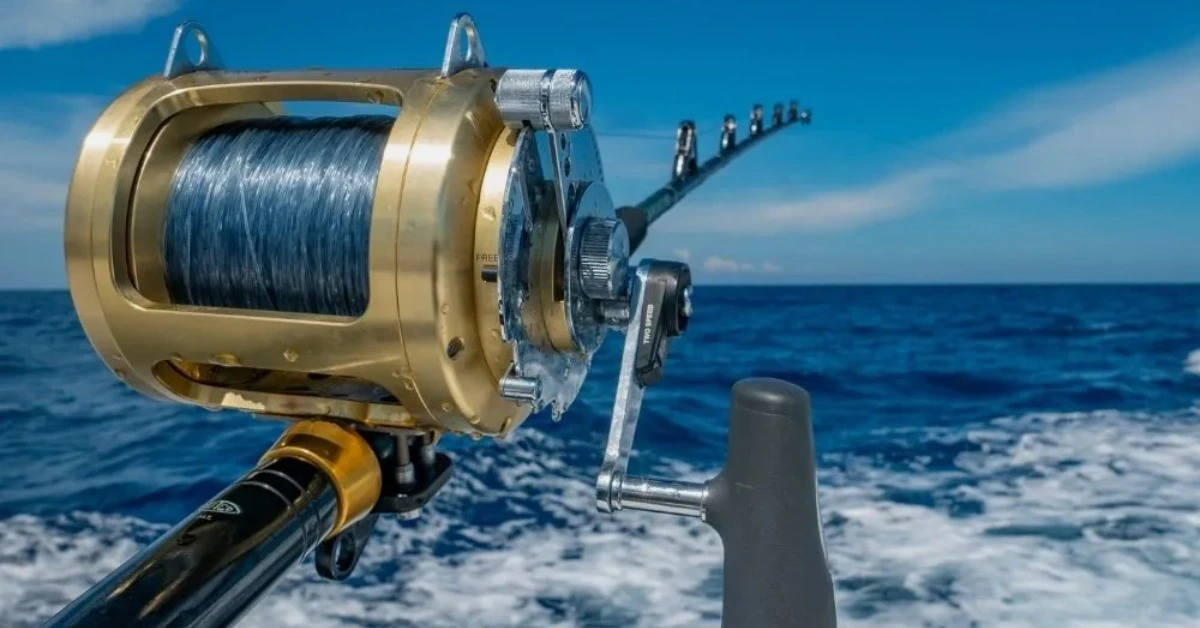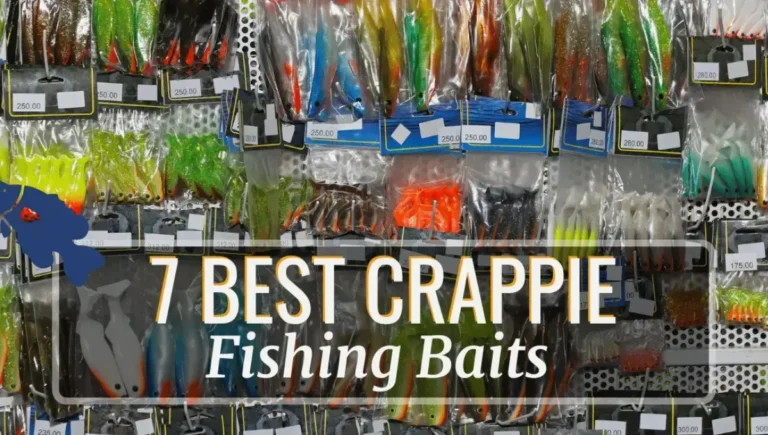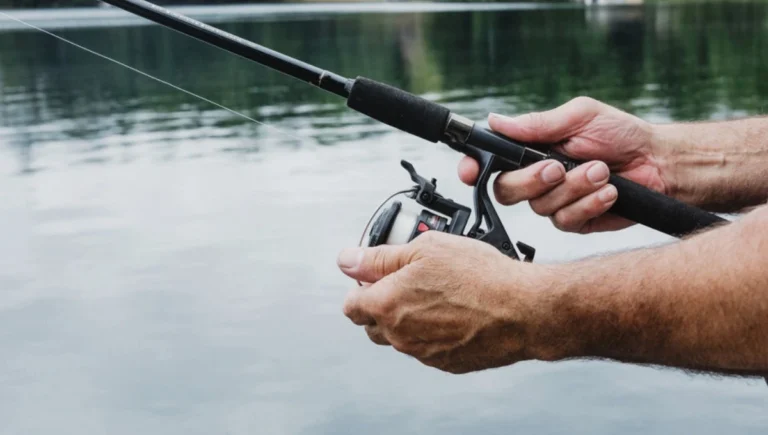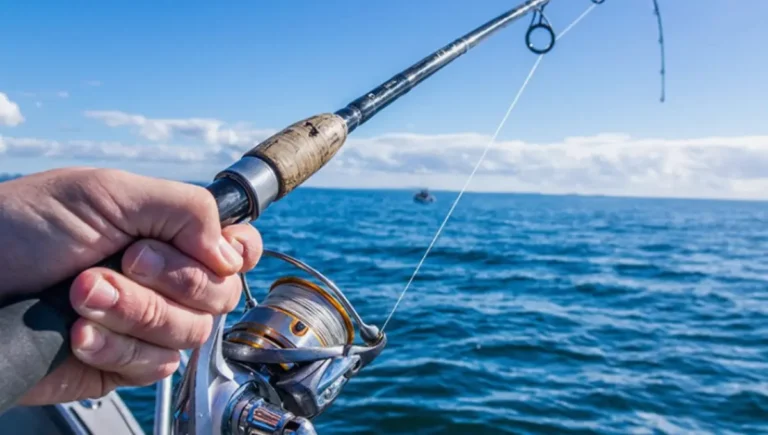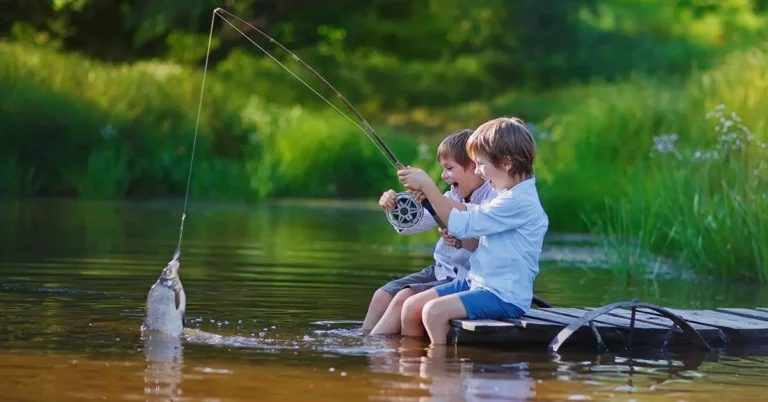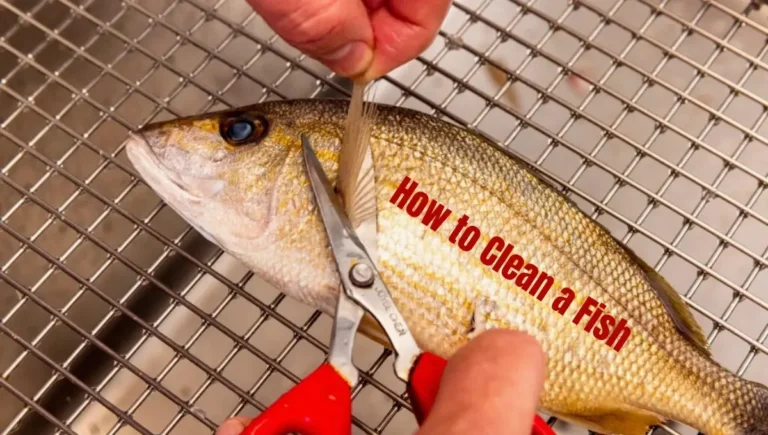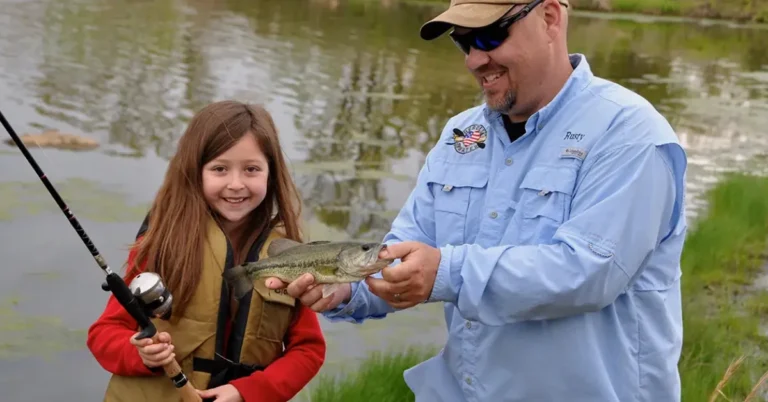Basic Fishing Gear: Everything You’ll Need To Start Fishing
With over 20 years of fishing experience, I’ve seen a lot of gear out there. After careful consideration, I’ve narrowed it down to 8 essential items that every angler should have. Fishing can seem overwhelming, especially if you’re new to it. Tackle has gotten more advanced over time, which can make it confusing to know what to buy. I’ve been in your shoes, so I understand how difficult it can be to choose the right gear.
You don’t want to spend too much money, and you want to make sure you’re only getting what you need. But with all the different types of rods, reels, and lures available, it’s hard to know where to start. Don’t worry, though – I’m here to help you figure it out. This article will guide you through the process of selecting the right gear for your fishing adventure.
Also Read: Basic Fishing Gear: Everything You’ll Need To Start Fishing
Essential Fishing Equipment List
| Name | Quick Answer |
| Rod and Reel | A fishing rod and attached reel are used to cast out the line and reel in fish. Often purchased together as a combo. |
| Fishing Line | Attaches to reel and rod. Start with a 6lb test monofilament line for beginners. |
| Tackle | Items attached to lines like hooks, weights, and floats. |
| Baits and Lures | Natural baits like worms or artificial lures attract fish. |
| Swivel | Prevents line from tangling during retrieval or with live bait. |
| Needle Nose Pliers | Used to safely remove hooks from fish or yourself. |
| Nail Clipper | Handy small tool for cutting fishing lines. |
| Tackle Box/Bag | Portable container to organize fishing gear and supplies. |
| Optional Gear | Extra items like tools, tackle, and accessories are not essential but useful. |
| Fishing License | Required permits in many areas to legally fish. |
1. Rod And Reel
A fishing rod is like a long stick where you tie your fishing line. The reel is what you use to pull your catch in. If you’re new to fishing, I suggest getting a rod and reel combo. It’s a set that includes both the rod and reel together, which is usually cheaper than buying them separately.
The good thing about combos is that the reel is made to fit the rod, so it’s easy to put them together. Most importantly, many combos come with fishing lines already on the reel, so you don’t have to put it on yourself.
2. Fishing Line
Your fishing line is what you attach to your fishing rod. If you’re buying a rod and reel combo, you won’t need to worry about the line. For beginners, it’s best to start with a 6lb test monofilament line. This type of line is easier to tie knots with compared to fluorocarbon lines.
A 6lb test line is strong enough for many types of fish. You might need a heavier line (8-12lb) if you aim for larger fish, like in bass fishing. Remember, you must attach your line to your rod and reel.
3. Tackle
Tackle means all the stuff you use at the end of your fishing line, except for the bait. It mainly comprises fish hooks, sinkers (weights), and bobbers (floats).
Fishing Hooks
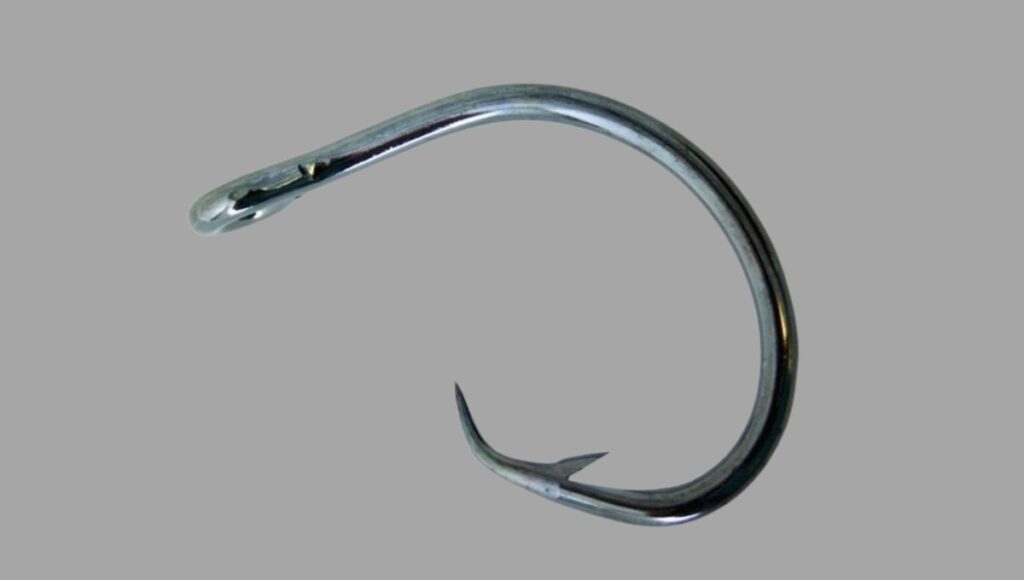
To start, you’ll be putting fishing hooks on the end of your line. You’ll attach your bait or lure to the hook, and then use it to catch fish by hooking them in their mouths. As a beginner, it’s best to start with a few single hooks.
Sinkers
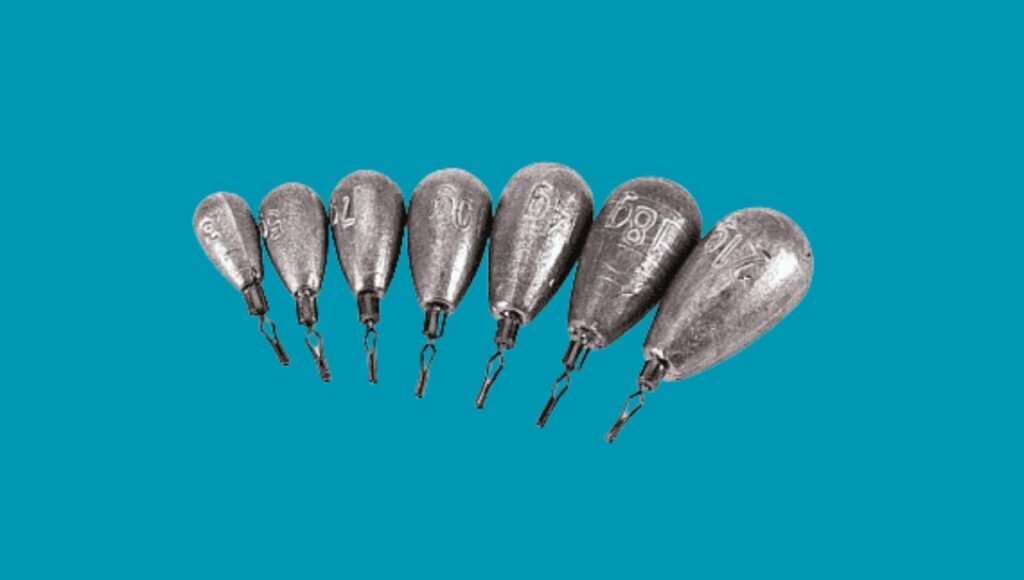
Sinkers are weights that you clip onto your fishing line to help it sink deeper into the water. They’re really important for fishing because they let you reach the depth where the fish are hanging out.
You only need about 5 sinkers to cover all your needs. Even if you’re fishing in really deep water, 5 sinkers should do the trick. Usually, you’ll only use 1 or 2 at a time, and the rest can be kept as spares just in case.
Bobbers
Bobbers, also called floaters, float on the water’s surface. They work together with sinkers to help you control the depth of your fishing. When you use a bobber, it sits on the water, and when a fish grabs your bait, the bobber gets pulled down.
It’s important to pick the right bobber. If it’s too big and buoyant, it won’t sink when a fish bites, which won’t help you catch anything. So, look for a bobber that’s sensitive and responds well to movement.
4. Baits & Lures
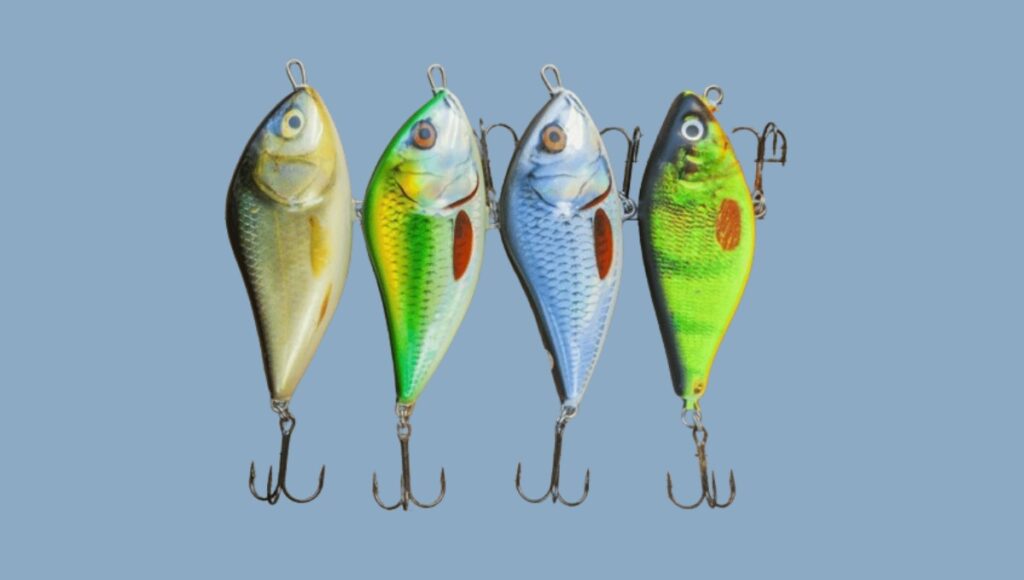
Bait is what fish eat, like worms. Artificial lures are fake baits that look like real ones. You use them to attract fish to your hook. Different fish like different baits and lures, just like we all have different tastes. You can ask your local fishing store which baits and lures are best for the fish you want to catch.
Now, you have the basic gear to catch a fish. But there are a few more things you should consider getting. They’re unnecessary, but they’ll improve your fishing experience.
5. Swivel
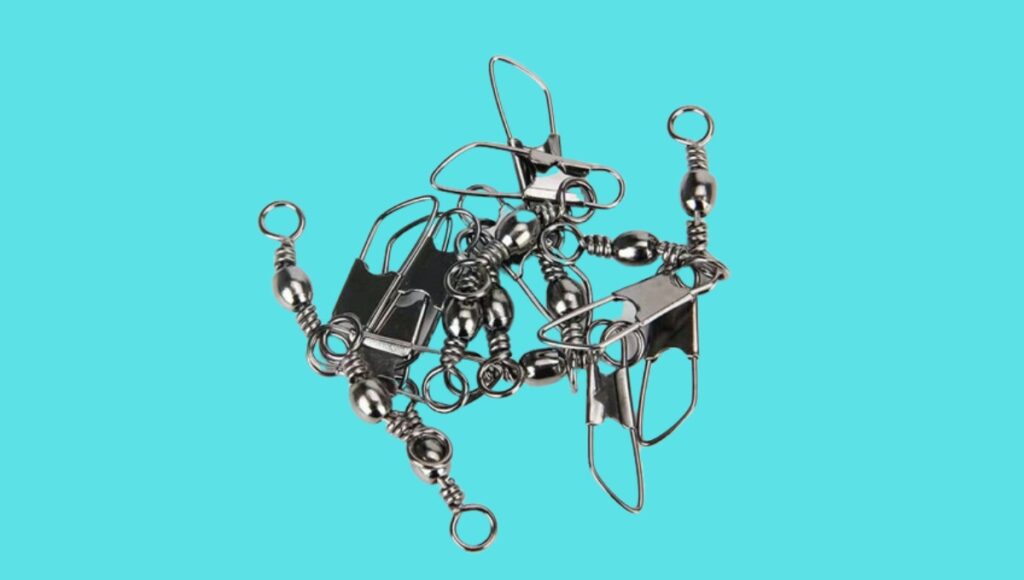
A swivel is a tool that lets your bait spin without tangling up your fishing line. Just like if you were tied up, live bait can squirm around a lot, causing your line to twist. Even with lures, your line can still get tangled.
To prevent this, you just need a strong swivel. They’re all pretty similar, but some are tougher than others. Luckily, they’re not expensive, so you can ask for the toughest one at your fishing store without worrying too much about the cost.
6. Needle Nose Plier
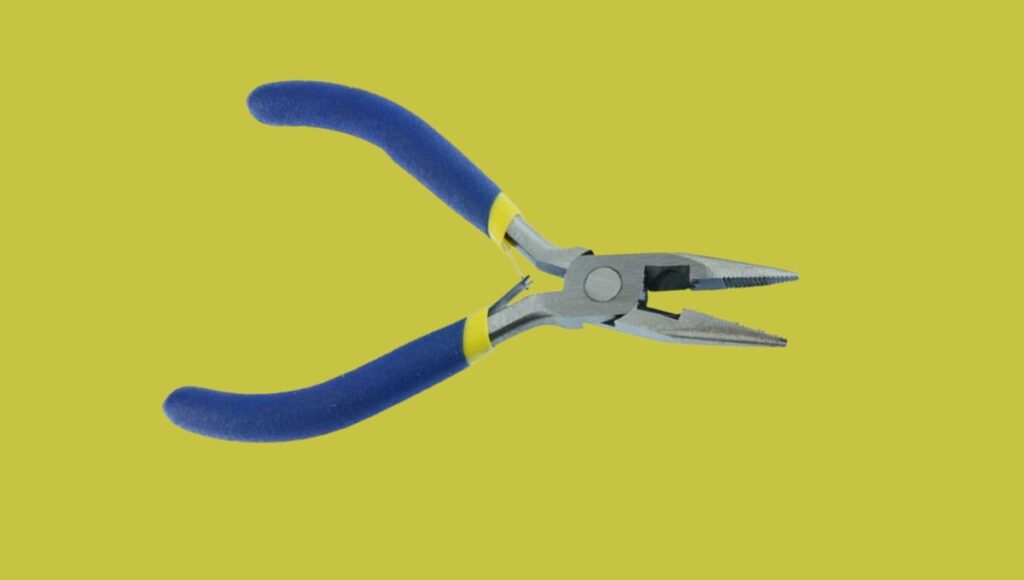
Needle nose pliers are a special type of tool that fishermen use to take hooks out of fish (and themselves if there’s an accident). Trying to remove hooks with your hands can be risky. Accidents can happen, and you could end up with a hook stuck in your hand. Even if you’re careful, it’s common for fishermen to get a hook stuck in their skin at least once.
Experienced anglers will tell you it happens. Needle nose pliers aren’t just handy for removing hooks from fish, but also from your own body. Any pair will work, but stainless steel ones last longer, so they’re a good choice.
7. Nail Clipper
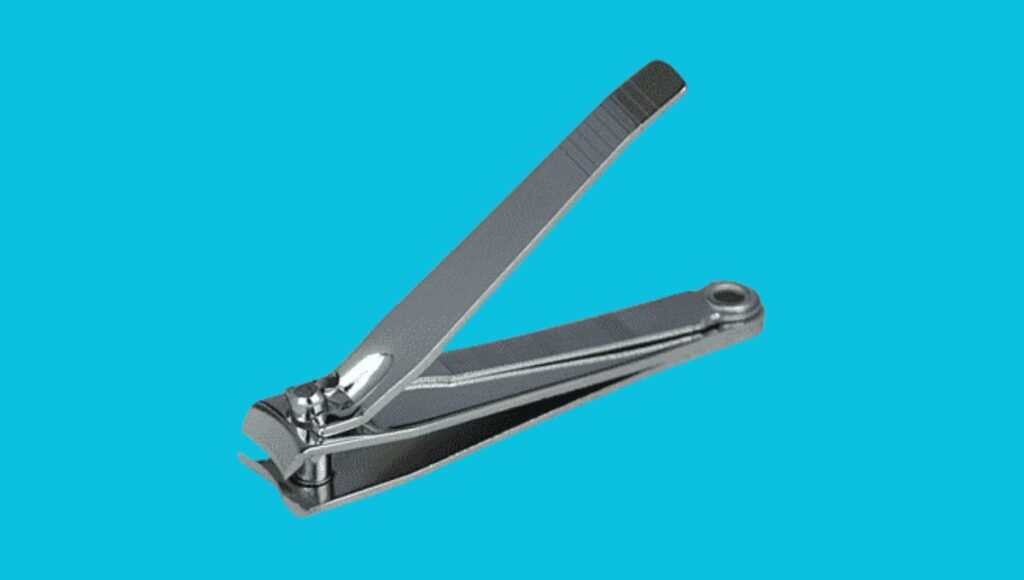
You might be surprised, but yes, a nail clipper is a useful tool for fishing. When you’re fishing, you’ll need to cut your fishing line sometimes, like trimming extra lines from your knots.
Scissors can do the job, but they’re bigger, more likely to accidentally cut you, and easier to misplace. That’s why nail clippers are better for cutting fishing lines than scissors. They’re small, safer, and harder to lose.
8. Tackle Box Or Bag
A tackle box is a container made of plastic or metal used to store fishing gear like lures and hooks. It’s great for keeping your fishing stuff organised, often with trays that fold out nicely. On the other hand, a tackle bag is a bag made for holding fishing gear.
It’s lighter and can hold more stuff compared to a tackle box. If you like things neat and are okay with the weight, go for a tackle box. But if you want something lighter and prefer to carry everything in a bag, then a tackle bag is the way to go.
9. Optional Gear
Now, you’re all ready for fishing. The next couple of items are optional. Unlike the first eight pieces of gear, these next two aren’t crucial. You don’t have to have them, but they’re handy to have when you’re out fishing.
Sunscreen
Sunscreen is important to protect your skin from the sun’s harmful rays. If you’re not used to being outdoors, you might be more prone to getting sunburned.
To avoid this, it’s a good idea to apply long-lasting sunscreen before you go fishing. This will keep you protected while you’re out enjoying the sun.
Fishfinder
A fishfinder is a device that uses sonar to help you find fish underwater. Fish usually hang out around things like rocks or other cover. But sometimes, even if you fish near cover, you might not catch anything.
That’s where a fishfinder comes in handy. It helps you see where the fish are, even if they’re not near any cover. This way, you can always fish in the best spot to catch fish. Most fishfinders work similarly, so just choose one that fits your budget.
10. Final Check
In addition to all your fishing equipment, there’s one more thing you’ll need to go fishing: a fishing license. In many places, having a fishing license is required. It’s important to get one to avoid any trouble with the authorities.
You can usually buy fishing licenses at fishing stores. They come in different types, like annual ones that cost between $30 and $150, or one-day ones for less than $20. Now that you have everything you need, you’re ready to start fishing.
What is the simplest fishing setup?
The simplest fishing setup typically consists of a basic fishing rod, fishing line, a hook, and some bait. This setup allows you to cast your line into the water and wait for fish to bite.
It’s straightforward, making it ideal for beginners or casual fishing trips. Additional accessories like sinkers or bobbers can be added based on personal preference or specific fishing conditions, but they are not essential for a basic setup.
Frequently Asked Questions
Conclusion
Starting fishing requires essential gear like a rod, reel, fishing line, tackle, and baits or lures. These items allow anglers to cast their line and reel in fish effectively. Additional tools such as swivels, pliers, and nail clippers aid in handling and managing the fishing setup. Organizational containers like tackle boxes or bags keep gear tidy and accessible.
While optional gear can enhance the fishing experience, obtaining a fishing license is crucial to ensure legal compliance. With the right gear and proper preparation, anglers can embark on enjoyable and rewarding fishing adventures while respecting local fishing regulations.
